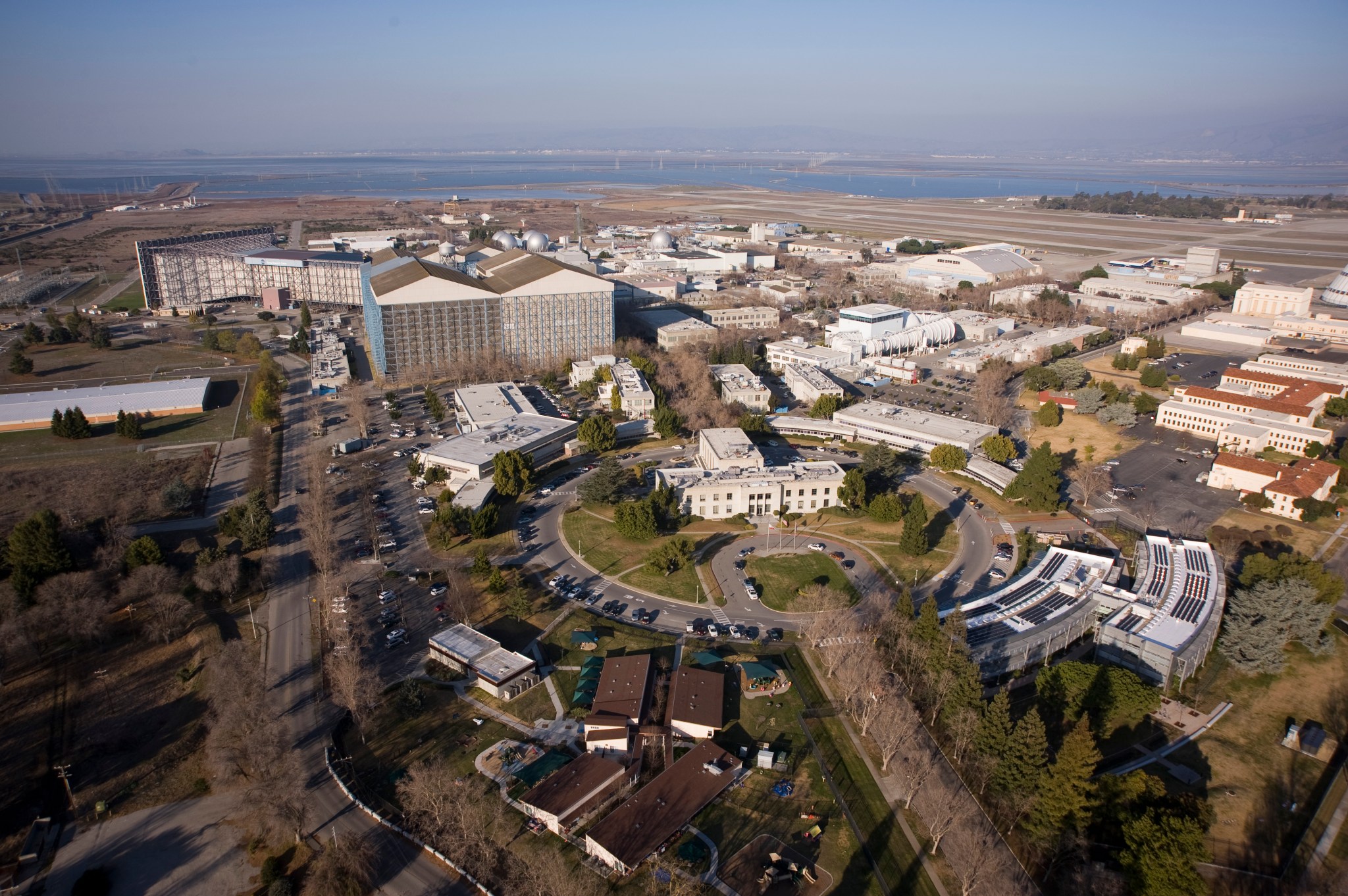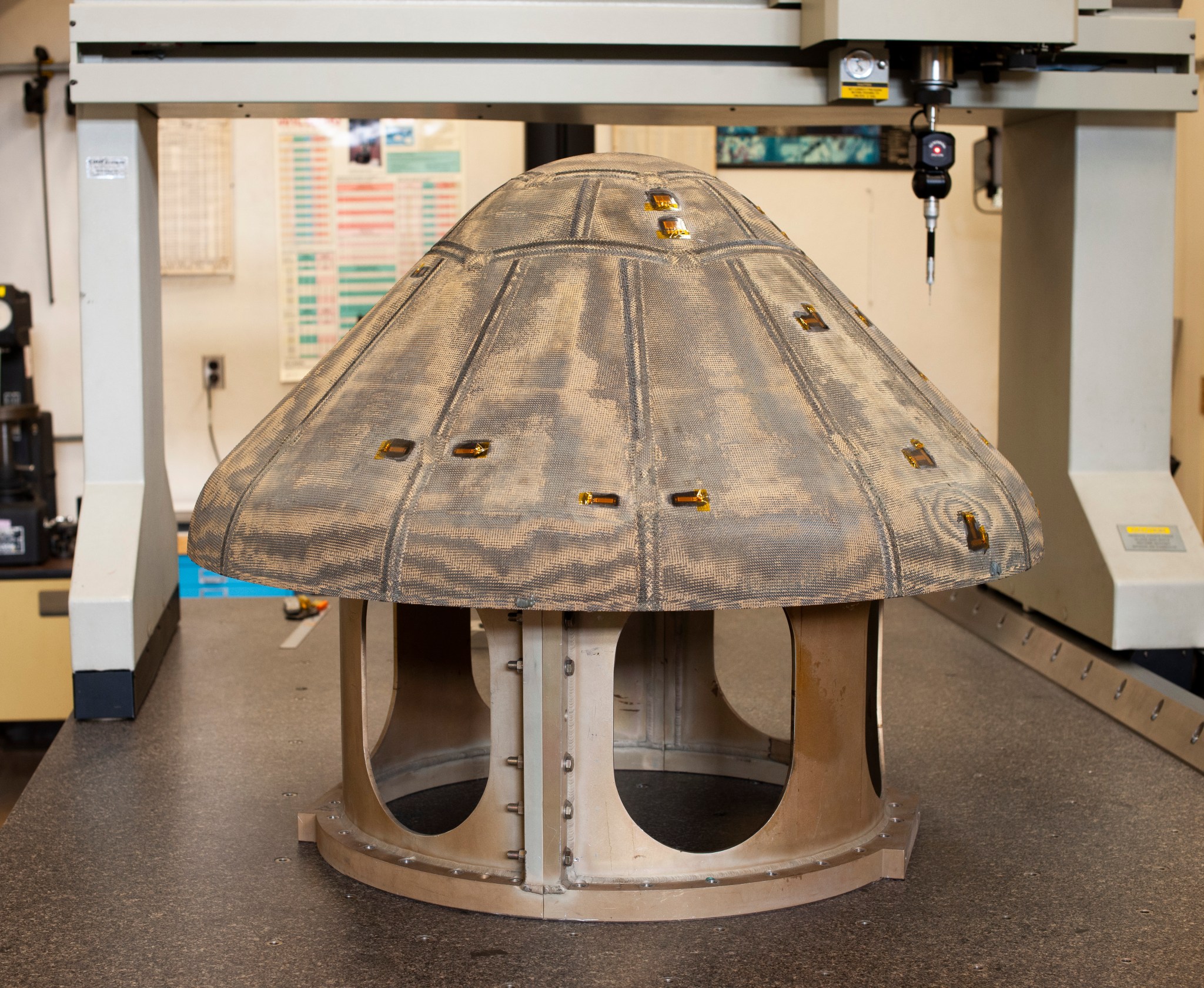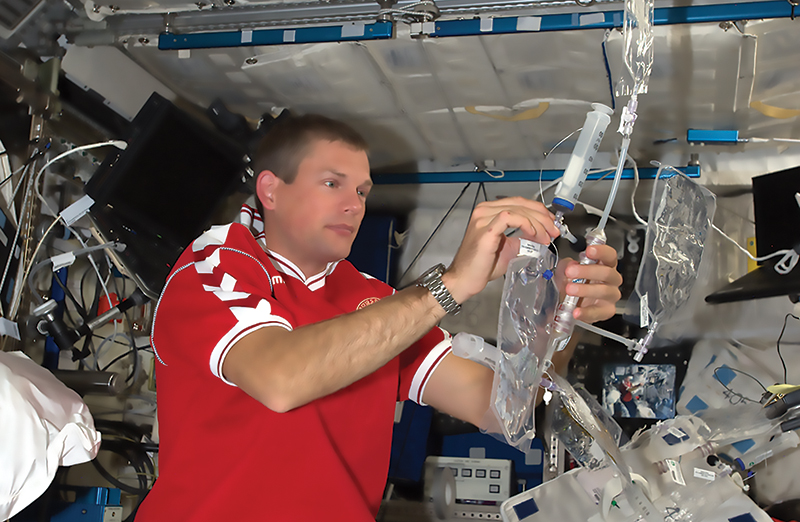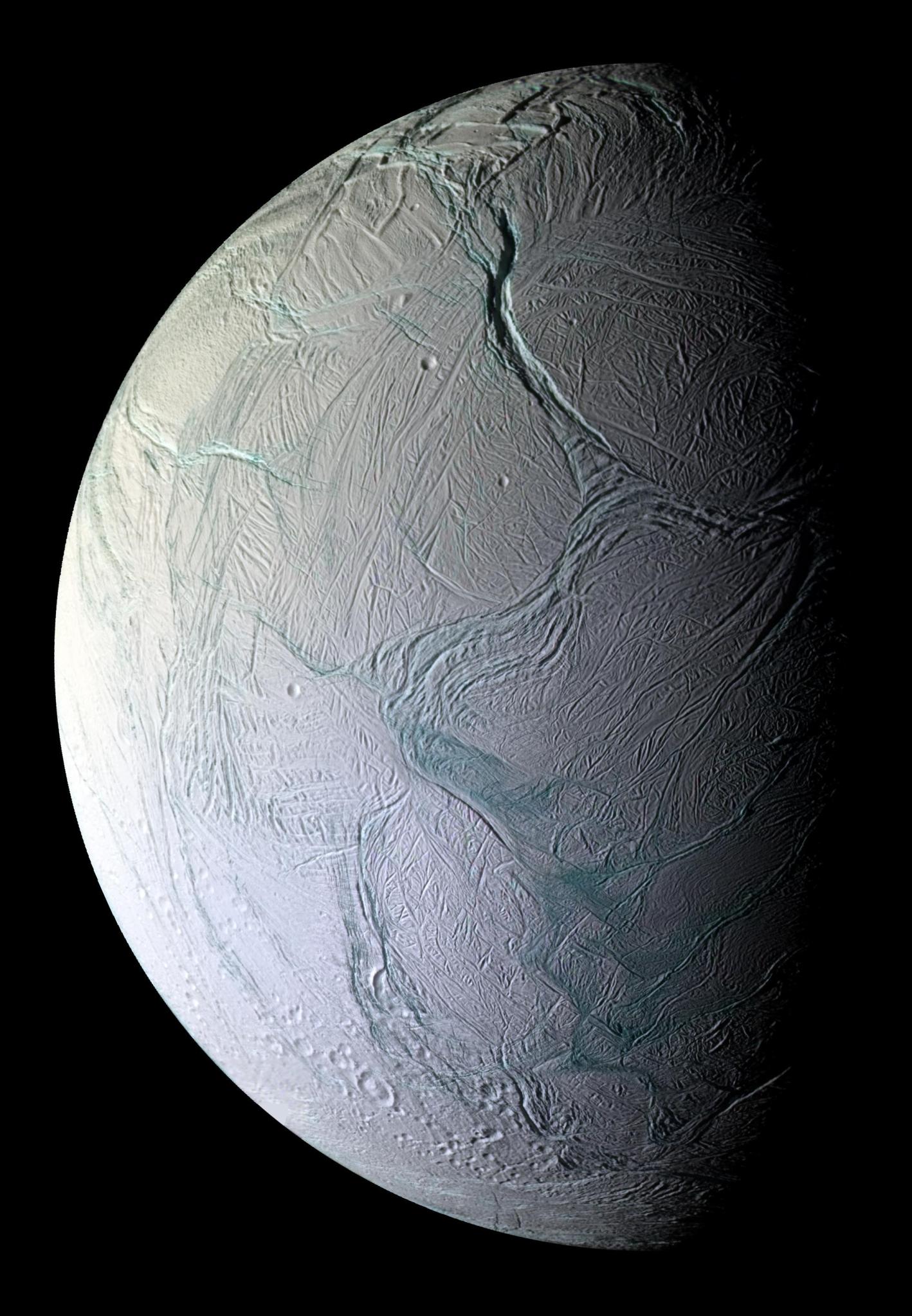NASA’s goals stretch to the stars, and feats of that scale can never be undertaken alone. The partnerships NASA forges with other nations, businesses, academia, innovators, and students all are a part of the agency’s success. At NASA’s Ames Research Center in California’s Silicon Valley, forging those partnerships in a hub of global innovation is a key part of the center’s mission.
To celebrate National Small Business Week, let’s look at a handful of stories about partnerships that are helping NASA reach even greater heights.
From Hat Bands to Thermal Protection Systems
Since the dawn of spaceflight, one of the toughest engineering challenges has been figuring out how to protect astronauts or sensitive science experiments upon return to Earth, when the temperatures raised by piercing back through our atmosphere are dangerously high. The development of thermal protection systems is an iterative process, and one of today’s most novel designs comes from a partnership in the textile industry – with Bally Ribbon Mills, in Bally, Pennsylvania.
Founded in 1923 to weave silk hat bands, the family-owned company now weaves materials for Formula One race cars as well as spacecraft that have gone to Mars. Bally Ribbon Mills developed and wove the materials that could be used for the Orion Crew Capsule as part of the NASA’s Artemis missions, and even developed a unique loom to develop materials for NASA’s Heatshield for Extreme Entry Environment Technology (HEEET) project. Since 2017, Bally Ribbon Mills has worked with NASA to develop a new woven fabric called Spiderweave for the Adaptable, Deployable, Entry and Placement Technology (ADEPT) project. The technology development is supported by NASA’s Small Business Innovation Research and Small Business Technology Transfer (SBIR/STTR) program, which provides funding and resources to companies like Bally Ribbon Mills that could be longstanding partners for NASA missions. Bally Ribbon Mills received additional NASA SBIR/STTR program funding in 2020 to develop a diagnostic tool to measure and monitor the operation of 3D weaving equipment to help detect variations and problems early in the weaving process.
Could Proteins Clean Up Wastewater in Space?
NASA’s working with the Danish company Aquaporin A/S on a spinoff technology that would use the proteins that transfer water through the membranes of living cells to clean up wastewater. NASA helped test this tech on the ground and worked with the European Space Agency to test it in space. Now, it’s being tried out at Ames’ Sustainability Base. The tech could be used for wastewater treatment, as well as dehydrating foods and beverages to prepare snacks for long space voyages.
- Learn more: Membranes Mimic Kidneys to Filter Water
Software to Simulate Other Worlds and Alien Oceans
A major way NASA makes its tools accessible is by releasing software for the public to freely use in their own work; from students and researchers to innovators and small businesses. Two software releases – Synthetic Moon and OceanWATERS – create simulations of otherworldly environments. Synthetic Moon simulates the terrain and elevation of Earth’s Moon using 3D models in high resolution. Though it’s not designed for mission planning and operations, it’s perfect for outreach and education as well as mission simulations and robotic research. Currently, the software is released to NASA’s Jet Propulsion Laboratory in Southern California for use. OceanWATERS is open source and can be requested by anyone. That software focuses on simulating the environments of the ocean moons of the outer solar system, like Europa, Enceladus, and Titan. It’s designed to help develop onboard systems for future spacecraft that could land on those worlds. The eighth and latest update came out earlier this year.
These are just two of the hundreds of software packages available at software.nasa.gov. Take a look – maybe you’ll find a tool to inspire your next project!
Transferring Tech to the Next Generation
Often, the most innovative ideas come from students and recent graduates, not established companies or organizations that make up more traditional partnerships. NASA’s Technology Transfer University connects university students with technology developed at Ames, giving them access to NASA’s patent portfolio and the tools to start up their own projects and companies.
For innovators seeking to build their own companies but missing the right technology to propel their business plans, NASA has partnered with the Founder Institute, a pre-seed startup accelerator, to help startup founders access NASA software and technologies they can license and commercialize – transferring NASA tech directly into the commercial sector.
- Learn more: NASA’s Technology Transfer University
- Learn more: NASA Partnership with the Founders Institute
By providing a robust global network of startup resources for future innovators during the most critical stages of development – whether that’s access to NASA technologies, publicly available software, seed funding through NASA’s SBIR/STTR program, subject matter experts, or a partnership – NASA’s committed to bringing its technologies down to Earth. Whether you’re just starting to build an organization in the space sector, or already an established business, there’s a place for you to partner with NASA.
NASA’s SBIR/STTR and Technology Transfer programs are part of the Space Technology Mission Directorate.
For news media:
Members of the news media interested in covering these topics should reach out to the NASA Ames newsroom.
Author: Frank Tavares, NASA’s Ames Research Center






























